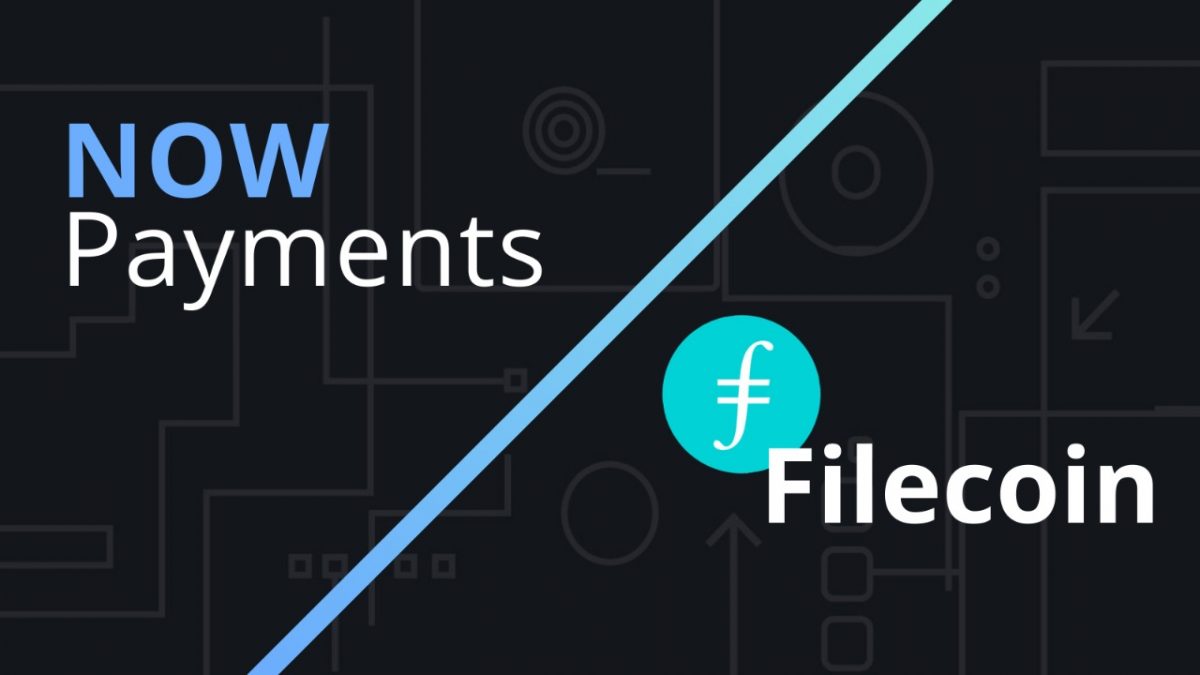NOWPayments is happy to support Filecoin so that anyone can accept FIL as payment.
There are so many things happening in crypto and blockchain tech that it is impossible to keep track of all the good stuff. Regardless of how hard you try, you may miss something, like Filecoin. Filecoin is one of the most innovative things launched in the previous decade, but not many people know about it.
In this article, we will give you a clear overview of Filecoin, how Filecoin works, and why the growth of Filecoin matters today. Please keep in mind that we have prepared the entire article from the user’s perspective.
This way, if you are a crypto and blockchain enthusiast, you can catch up on everything you may have missed. You will also learn how you can get the best out of this technology.
What Is Filecoin?
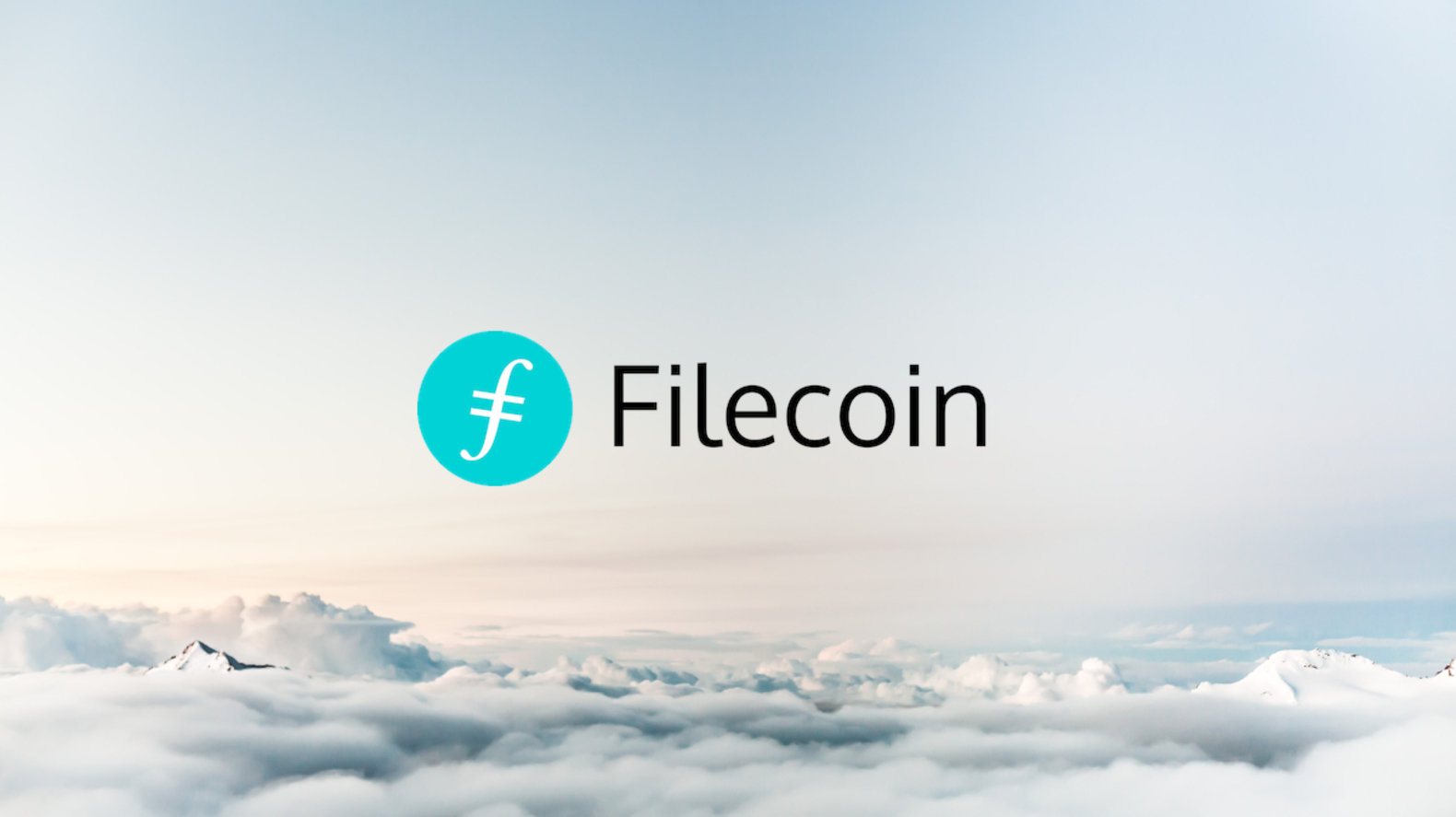
According to the official definition, Filecoin is a P2P network that allows users to store files reliably and has a few economic incentives built into it. Users have to pay storage miners, who will be keeping data private, secure, and reliable. So, two types of people can join the Filecoin network: those who want secure storage for competitive prices and those who want to earn money by storing data from other users in a safe way.
Are you wondering how Filecoin is related to crypto tech? This innovative file-storage network uses powerful blockchain technology to ensure smooth data storage and additional security. To make this possible, Filecoin also uses a cryptocurrency token, which is called FIL.
The blockchain ledger system ensures, in a decentralized manner, that people who pay to store files on the web get the service they want while the storage miner gets the corresponding amount of FIL. These are the basic things you should know about Filecoin. However, Filecoin needs one more component to function as smoothly as it is designed to: called the IPFS.
What Is IPFS?
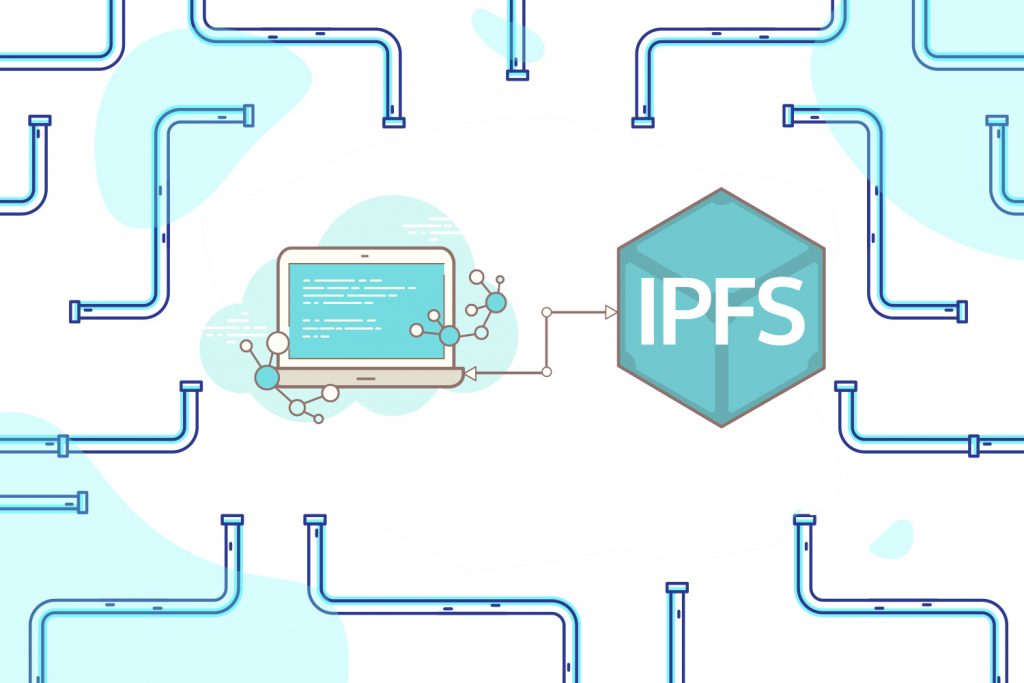
IPFS stands for InterPlanetary File System, and it is an open-source distributed system that redefines the way files, websites, applications, and other data are stored and accessed. To give you the crux of the matter, IPFS finds a file that you want to see by using its content and not a mere location.
When you want to open a video stored on the IPFS distributed system, the host site may retrieve the video content from many sources located in different parts of the web, including computers of other people near your location (with their consent, of course). Unlike the commonly-used and traditional HTTPS system, IPFS uses a long string to indicate a particular file or piece of information.
There are multiple advantages to this system. First of all, it does not rely on a central server and instead goes for bulk storage. It increases the overall reliability of your data while improving ease of access as well. This technology can also help create a file-sharing system that works better even when you don’t have the highest internet speeds but have a relatively strong local network.
Filecoin uses the IPFS to ensure that customers’ information is kept not y accessible and secure by all means. By creating a decentralized storage space like this, IPFS helps Filecoin keep itself up as an innovative digital storage method. Long story short, Filecoin works on top of IPFS, making several things possible.
Now that you know what IPFS is, we can explore other aspects of Filecoin.
Filecoin Blockchain
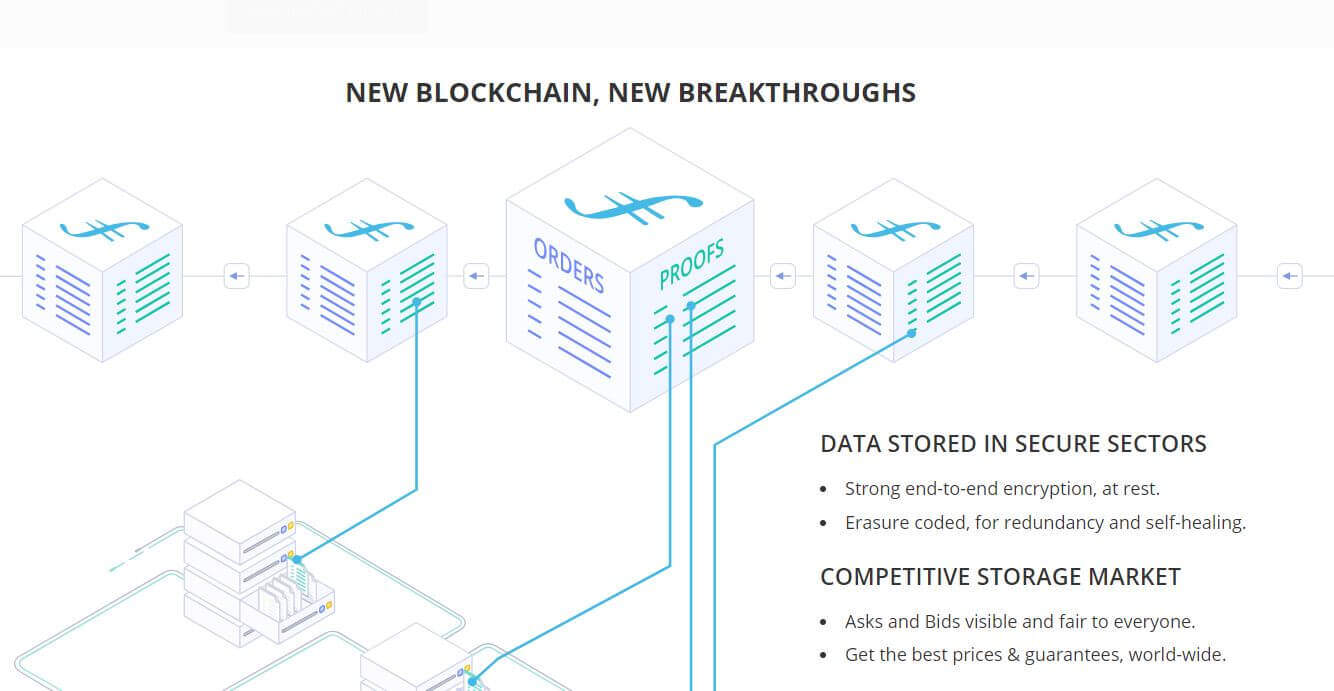
Let’s have a look at the blockchain structure that Filecoin uses to function. This design is integral to how this service allows users to pay and get paid for secure, reliable digital storage.
There are four significant steps in the blockchain structure of Filecoin.
- The end-user of Filecoin will pay a specific sum to the storage miner, who would be storing files securely.
- The storage miner would then commit the file storage, using the blockchain tech.
- The network is powered by verification agents that check whether secure file storage is happening as it should.
- Similarly, an end-user would pay a definite sum to retrieve their files back from a secure data storage space, and the miner gets paid.
As you can see, the blockchain technology behind Filecoin works with the verification process. You must also note that the cryptocurrency known as FIL works on top of this blockchain network. FIL will be responsible for all things incentives that happen within the Filecoin system. We don’t want to go too technical here.
Instead, we will check out the practical applications of the same technology.
How Does Filecoin Work?

For Filecoin to work, three components should work hand in hand. They are:
- A client who is interested in securely storing something on the Filecoin network for a competitive rate. It could also be someone who wants to retrieve the files from the system.
- Storage Miner who will be offering the storage space where the said files would be stored. It can be a person with extra storage space on their system and wants to rent that space.
- Retrieval Miner would help the client retrieve a file that they had previously stored on the network.
As the first step, the Client has to share the file they want to store on the network. When shared on the IFPS network, this file will contain some more metadata, such as the size, storage time, and the amount of money that the client is ready to pay. Of course, this money would be in Filecoin.
In the second, an interested Storage Miner will submit their rates for hosting the said file on their system or private network. Once the amounts are somewhere nearby, the system would close the deal, which leads to the encryption and chunk-wise storage of the file in question.
The Filecoin blockchain ensures that the encryption and storage processes take place as designed. It would mark a transaction as complete only once it has received Proof-of-Replication and Proof-of-SpaceTime from the storage miner. Similarly, the process of sending Filecoin will be recorded and verified by the blockchain.
However, when a client wants to retrieve the money from the IFPS network, a retrieval request needs to be made. A Retrieval Miner would take care of this job on a first-come-first-serve basis and gets paid a predefined amount for the action.
When storing and retrieving the money, Filecoins are exchanged between clients and miners. Filecoin price and other specifics would vary depending on the size of the file you want to store and the duration you’d like to rent the storage space.
We hope you are clear about the process.
Why Filecoin and IFPS?

We repeat, Filecoin is a decentralized file storage network. That is, Filecoin would be creating a big network of computers and storage spaces that work with each other using the IFPS. It would be different from how cloud storage spaces like AWS are deployed right now.
For example, an outage in the AWS network means that thousands of websites on the internet may as well stop functioning. And don’t think it hasn’t happened yet: it has, multiple times. With IFPS, because the file system relies on various sources, such a scenario is improbable.
But here’s the real deal-maker. Filecoin aims to make secure digital storage competitively affordable as well as easy to reach. People can use Filecoin to securely store their important files on an authenticated network, spread across the globe, by paying only a fraction of the amount services like AWS would charge.
And judging the numbers the Filecoin network has surpassed, we can say that the project has had a rather impressive start than expected. For instance, on November 24, 2020, the Filecoin network reached another storage space milestone: One exbibyte, better known as 1 EiB.
For scale, 1EiB could practically store 290 million of 1080p movies, 4500 Wikipedia pages, 685,000 years of uninterrupted video calls, or 19 copies of the humongous Internet Archive. The numbers translate to the fact that users have been using the Filecoin platform to lend and buy storage space with ease.
The enduring value of Filecoin, which we will talk about soon, is an indicator of the project’s success in terms of numbers.
Filecoin Token Overview

As we said earlier, Filecoin is the new-gen file storage service and the cryptocurrency token. When referred to as a cryptocurrency, we use an acronym: FIL. Like other cryptocurrency tokens like Bitcoin, Ethereum, or Litecoin, Filecoin also has a value that varies according to the market fluctuations.
And you can always accept FIL as payment!
At the time of writing, a FIL is valued at around $30, translating to only a mere fraction of Bitcoin. Similarly, just like you’d buy Bitcoin or other cryptocurrencies from exchanges and other sources, you can buy a certain amount of FIL. The rate you’d pay would depend upon the corresponding demand for the service.
Here are some other numbers you should know about FIL.
Filecoin Token Market Cap
Filecoin also comes with the traditional characteristics of a cryptocurrency token. Therefore, it has a market cap and current circulation statistics. Filecoin has been designed to work with the market cap of 44.2 million coins. It would be the maximum support, and there are now 44 million coins in current circulation.
As you can guess by now, these FILs make their way between users who want to store files on the network and miners who would be willing to offer secure storage space. Anytime, anyone can purchase FIL from an authentic exchange and use it to rent out digital storage space.
Filecoin Token Value
The value of a FIL depends on various factors. First, it would depend on how many people are ready to host secure storage space via the Filecoin network. Second, the value would vary depending on how much users are willing to pay to get their files stored.
If you remember, we had said that you had to mention the amount you’d be willing to pay when you make a file storage request that a storage miner can pick up. There are multiple sources where you can track the current value of a FIL, by the way.
Team & Partners

Let’s look at the team behind the Filecoin initiative and the partners involved in the process.
Like other cryptocurrencies in the market, Filecoin requires massive human resources to keep things running smoothly. It will be nearly impossible to list all the programs, team members, and teams within different domains that drive the platform itself. The Filecoin Blog does a feature where it introduces core members from each of the teams.
According to the latest blog post by the Filecoin team, the crypto-based community is now powered by more than 677 active miners, who try their best to offer storage space and more than 90 organizations that make use of the Filecoin marketplace. The company also says that more projects and GitHub contributors make a healthy shift towards Filecoin and the IFPS.
Filecoin supports a variety of applications that make knowledge more accessible than ever. For instance, Filecoin Discover ensures that data such as literature, science, and art are more and more accessible to the general web public. That all this information does not depend on a few servers spread across the globe marks another innovative shift in how we see and use the internet’s power.
As for the official details, Filecoin is a sub-organization of a company called Protocol Labs, founded by Juan Benet. Over time, Filecoin has received more than $258.2 million funding from more than 23 investors, many of whom had used the Initial Coin Offering. Lombardstreet Ventures, Jason Fang, and BlueYard Capital are some of the investors who fast-tracked the development of Filecoin.
The company is headquartered in San Francisco Bay Area, Silicon Valley, West Coast, and operates under the legal name of Protocol Labs Inc.
Development and Roadmap

Let’s quickly look at the overall development track of Filecoin and how the roadmap plots the service in the future.
- The team behind Filecoin had released a roadmap in 2017, even before the Initial Coin Offering that scored a considerable amount of investments.
- While the company didn’t offer much information, it had started the testnet in December 2019, along with some updates on the network’s future.
- Filecoin team had said that it would launch Mainnet, the public version of the platform, in 2020 September, but the same was delayed due to unspecified reasons.
- The Mainnet of the service got released later, in October 2020, and has been functioning as it should be. However, the last time we had a Roadmap update from Filecoin was in August 2020.
If you want to know more about the platform, however, you can keep an eye on the official blog, where you can see essential updates and some opportunities to earn FIL. For instance, recently, the platform did kick-start the Slingshot Phase 2, obviously based on its theme of the InterPlanetary file system.
Altogether, the growth that Filecoin has achieved in the past has been impressive. It is why it has a significant market response, as well.
Filecoin Markets
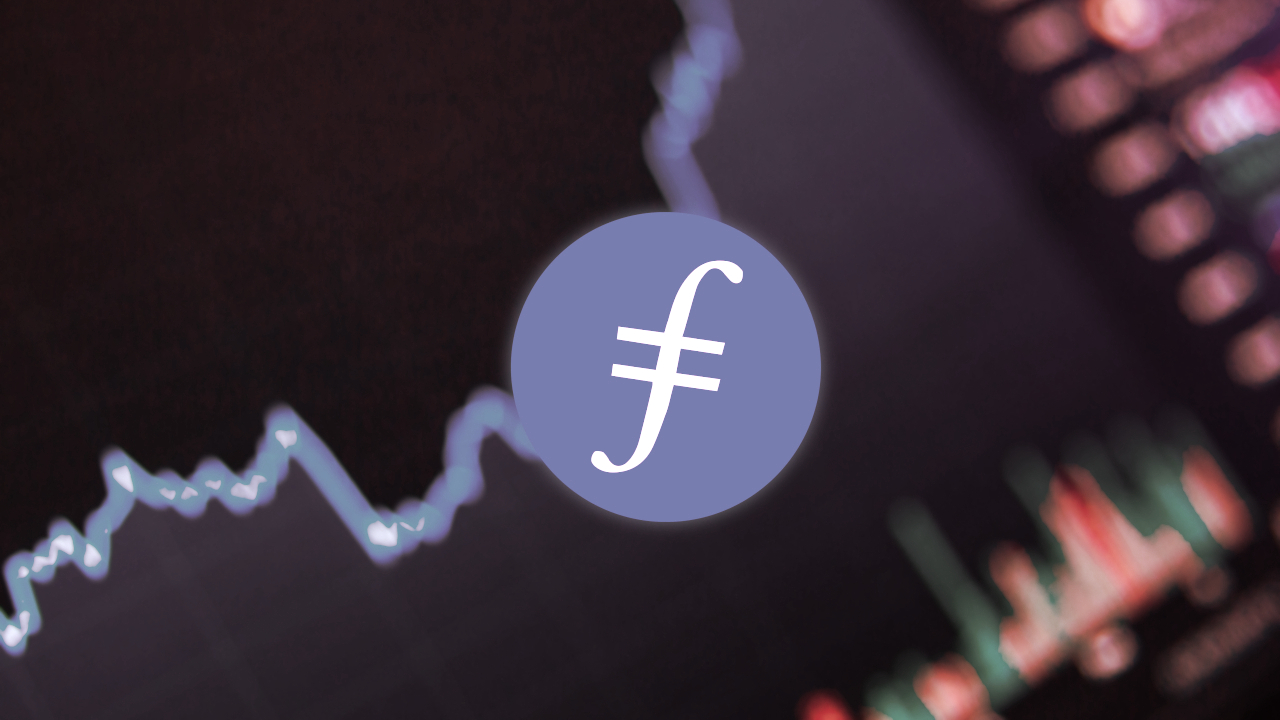
One thing we can be sure about Filecoin is the market it ensures. It is mostly because the platform tries to revolutionize something that the world needs the most: data storage. Considering that the investments you make in terms of Filecoin token purchases and other rewards contribute to a better internet where data is decentralized but equally accessible, the market scope of Filecoin exceeds the calculations that we have in mind.
Filecoin opens up a market for spaces that are eating dust right now. Thousands of servers and data centers that sit idle can now be a part of the Filecoin network while the owners get paid.
Even when we look at the value chart of Filecoin, it is impossible to miss the intensity of success it currently has in the crypto market. To talk about numbers, the total market of Filecoin is worth approximately $1.34B. In the past twenty-four hours of writing, the coin had a volume of $136.25M. With high rates of popularity and recovery, the Filecoin market is something that people should look forward to, especially if you want to invest in a non-traditional way of crypto tech.
As we said, Filecoin and FIL are currently available for purchase from a variety of cryptocurrency exchanges. You can get the FIL token by paying cash or using another cryptocurrency that you have, such as Bitcoin or Ethereum.
FAQ
The Bottom Line
To sum up, the future of Filecoin is very bright, and the impact this platform could have on secure storage and data access is unpredictable at this point. That the platform is big enough to store millions of full-High Definition movies alone proves how quickly people are moving towards a decentralized storage provider.
So why not accept FIL as payment now?
___________________
Why use NOWPayments.io?
NOWPayments is the easiest way to accept online payments in a wide variety of cryptocurrencies. This service is custody-free, has competitive fees and is available worldwide.
- Over 50 cryptocurrencies are accepted on the platform with an in-built exchange feature;
- API, widgets, plugins and a donation button are all easy to integrate;
- It is a non-custodial service ensuring the security of your funds;
- A very simple setup

